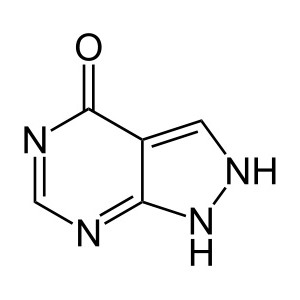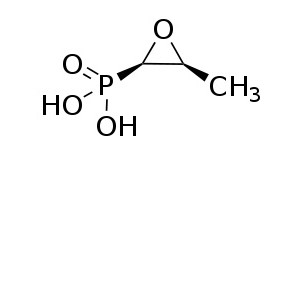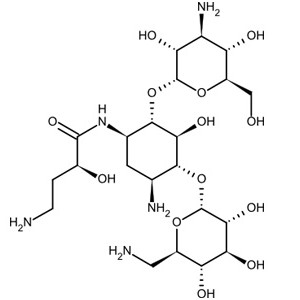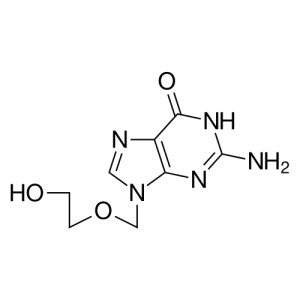Ranitidine
Ranitidine , sold under the trade name Zantac among others, is a medication that decreases stomach acid production. It is commonly used in treatment of peptic ulcer disease, gastroesophageal reflux disease, and Zollinger–Ellison syndrome. There is also tentative evidence of benefit for hives. It can be taken by mouth, by injection into a muscle, or into a vein.
Common side effects include headaches and pain or burning if given by injection. Serious side effects may include liver problems, a slow heart rate, pneumonia, and the potential of masking stomach cancer. It is also linked to an increased the risk of Clostridium difficile colitis. It is generally safe in pregnancy. Ranitidine is an H2 histamine receptor antagonist that works by blocking histamine and thus decreasing the amount of acid released by cells of the stomach.

Starting at
Product Description
| N-(2-[(5-[(dimethylamino)methyl]furan-2-yl)methylthio]ethyl)-N’-methyl-2-nitroethene-1,1-diamine |
| Clinical data | |
|---|---|
| Pronunciation | /rəˈnɪtᵻdiːn/ |
| Trade names | Zantac, others |
| AHFS/Drugs.com | monograph |
| MedlinePlus | a601106 |
| Licence data | US FDA:link |
| Pregnancy category |
|
| Legal status |
|
| Routes of administration | Oral, IV |
| Bioavailability | 39 to 88% |
|---|---|
| Protein binding | 15% |
| Metabolism | Hepatic |
| Biological half-life | 2–3 hours |
| Excretion | 30–70% Renal |
| CAS Number | 66357-35-5 |
|---|---|
| ATC code | A02BA02 A02BA07 (ranitidine bismuth citrate) |
| PubChem | CID: 3001055 |
| IUPHAR/BPS | 1234 |
| DrugBank | DB00863 |
| ChemSpider | 4863 |
| UNII | 884KT10YB7 |
| KEGG | D00422 |
| ChEBI | CHEBI:8776 |
| ChEMBL | CHEMBL1790041 |
| Synonyms | Dimethyl [(5-{[(2-{[1-(methylamino)-2-nitroethenyl]amino}ethyl)sulfanyl]methyl}furan-2-yl)methyl]amine |
| Formula | C13H22N4O3S |
|---|---|
| Molecular mass | 314.4 g/mol |
|
SMILES[show] |
|
|
InChI[show] |
|





